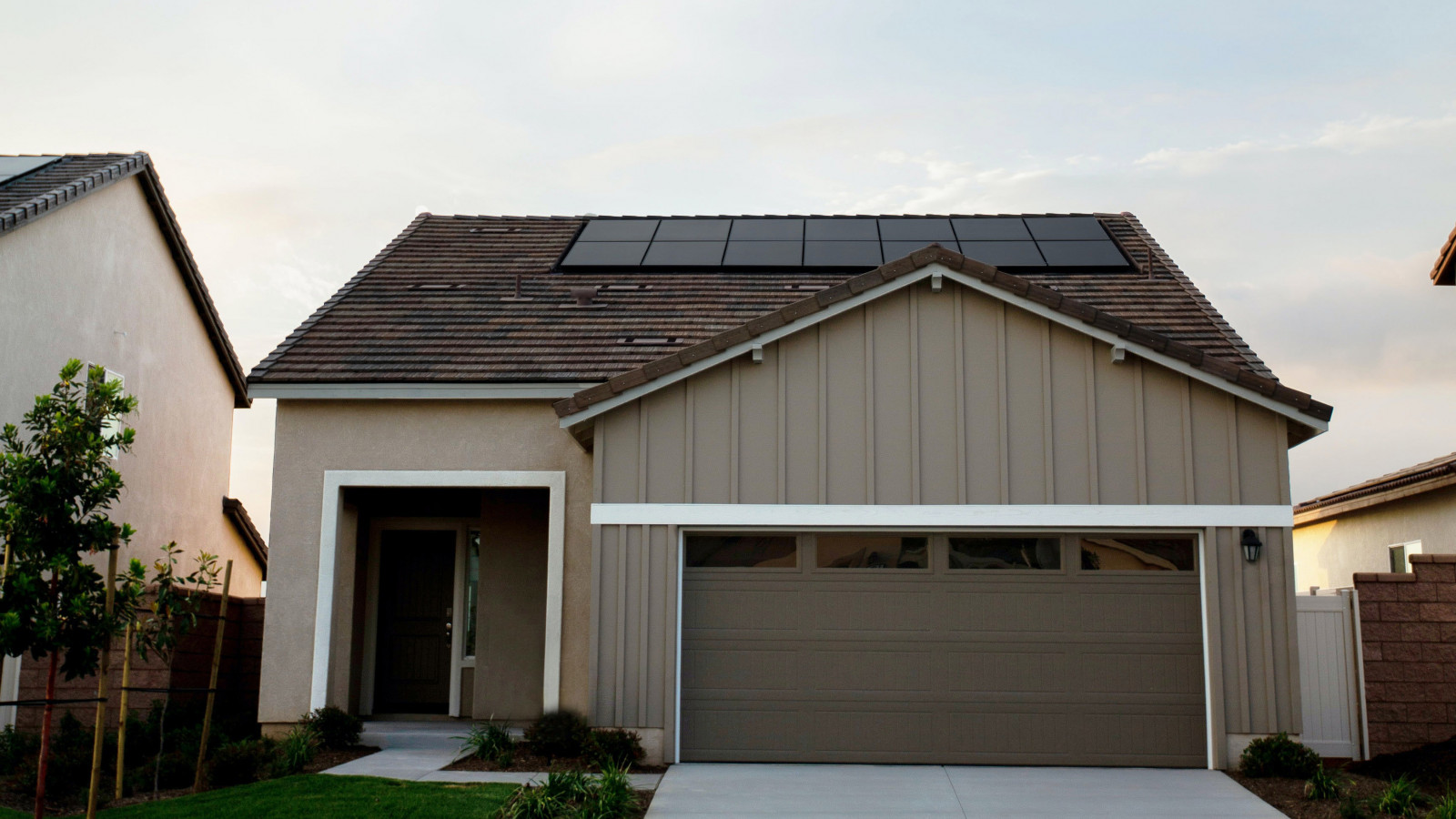Earlier this month (May 2021), there was an announcement of a proposal to build five very large solar PV farms to supply the upper North Island by the summer of 2023/24. Resource Consent has been applied for the first, of 12 hectares, at Pukenui in Northland. This is not the first of these large commercial installations — Auckland’s Watercare has one floating on the treatment lake at Rosedale; there is another in Marlborough; Hawke’s Bay airport is using its extensive site and other airports could follow; and as the momentum grows more companies whose buildings have large roof areas will follow along as a means of controlling their electricity supply costs.
As more large organisations and commercial enterprises, (supported by the continuing drop in prices for componentry), reduce their dependency on the few national electricity network suppliers and the uncertainty of the spot-market by developing their own PV panel arrays to provide a proportion of their power supply, a point is going to be reached where there will need to be a significant and fundamental shake-up of the electricity market. This will inevitably have repercussions in the domestic market, especially as more homes install PV arrays and the possibility of distributed (decentralised) generation of electricity becomes more viable, resulting in the network providers having to take notice. This is already being seriously discussed in public forums in New Zealand. In Australia, settlements remote from electricity networks are already coming together to supply their local energy as generated by a variety of means.
There are nay-sayers who point out that the sun doesn’t shine at night, and “What about cloudy/rainy days?” This is understood, which is why PVs are only one of a suite of electricity generation systems, but one that can be used immediately as a primary source leaving the water in our shallow dought-prone hydro dams.
Without having to wait, there are simple preparations which can be made in anticipation of the later installation of domestic PV arrays. As with most new technology, there will be an exponential growth in the acceptance of this form of electricity generation to the extent that future buyers, when inspecting houses, will expect panels to be in place or will give serious consideration to the difficulties involved in installing a system. If skillion roofs have to be accessed and interior walls and floors damaged to enable cables to be run, as well as the switchboard’s location and size being inadequate for upgrading, then the sale value could be compromised or the sale lost.
There are a few preparations which could be added at little cost to a new-built or major renovation which would enhance the future-proofing of the dwelling for the later addition of a PV array, even if the current occupants have no intention of ever doing so. To begin, thought needs to be given to the location of the switch and meter boards. While boards for a one-way network supply are simple and can be located for the occupant’s convenience, the equipment for a PV arrangement is likely to require more than just a bigger cabinet. If future-proofing is based on how a sophisticated system might be accommodated then there is flexibility in how a future installation might be fitted.
An important question is how might batteries be fitted and if so where would they best be located and how would this affect their necessary periodic maintenance? Would the connections and runs of primary cables need to be re-positioned? What additional equipment and sub-boards are likely to need accommodating? Would additional fire protection measures be desirable to protect the building? Should the framing of the adjacent walls have a built-in lintel at a high level so that later the plasterboard can be cut out and specific secondary framing easily fitted without the main structure being compromised? A simple future-proofing that I have been suggesting over the years is to fit an empty conduit between switchboard and attic so that the future connecting cables can be installed without damage to the existing walls and ceilings. Floor conduits, sealed at the exterior, could similarly be fitted at minimal cost.
Possible/probable locations for the PV panels, usually on the roof, should be identified so that the structure below can be designed to carry the likely loads, and to provide secure and stable fixing points, with the minimum of alteration or addition at the time of installation. As to the orientation of the PV array/s, many people are of the opinion that the panels must face square-on to the northern sun. Yes, this precision is possible, but it only occurs for a few seconds twice a year — the travel arch of the sun constantly moves up and down throughout the year. It is better to consider local shading, and wind loadings on what can become an unsightly ‘sail’ structure. It is my understanding that for preference the array should be orientated east of north, ie. face the AM sun, as their efficiency is reduced with the higher afternoon temperatures.
PV panels are rapidly becoming a standard feature of our domestic architecture and the network electricity industry needs to take notice.
Through EcoRate Ltd – Architect I provide objective independent passive solar thermal performance analysis and advice on sustainability matters, to architects, designers, builders, manufacturers, and others in the construction industry, included those proposing to build a new home. I am also a Homestar Assessor.
For more information feel free to contact Keith at EcoRate Ltd on 021 890 251, [email protected], or our website www.settlement.co.nz





























 Most Popular
Most Popular Popular Products
Popular Products



